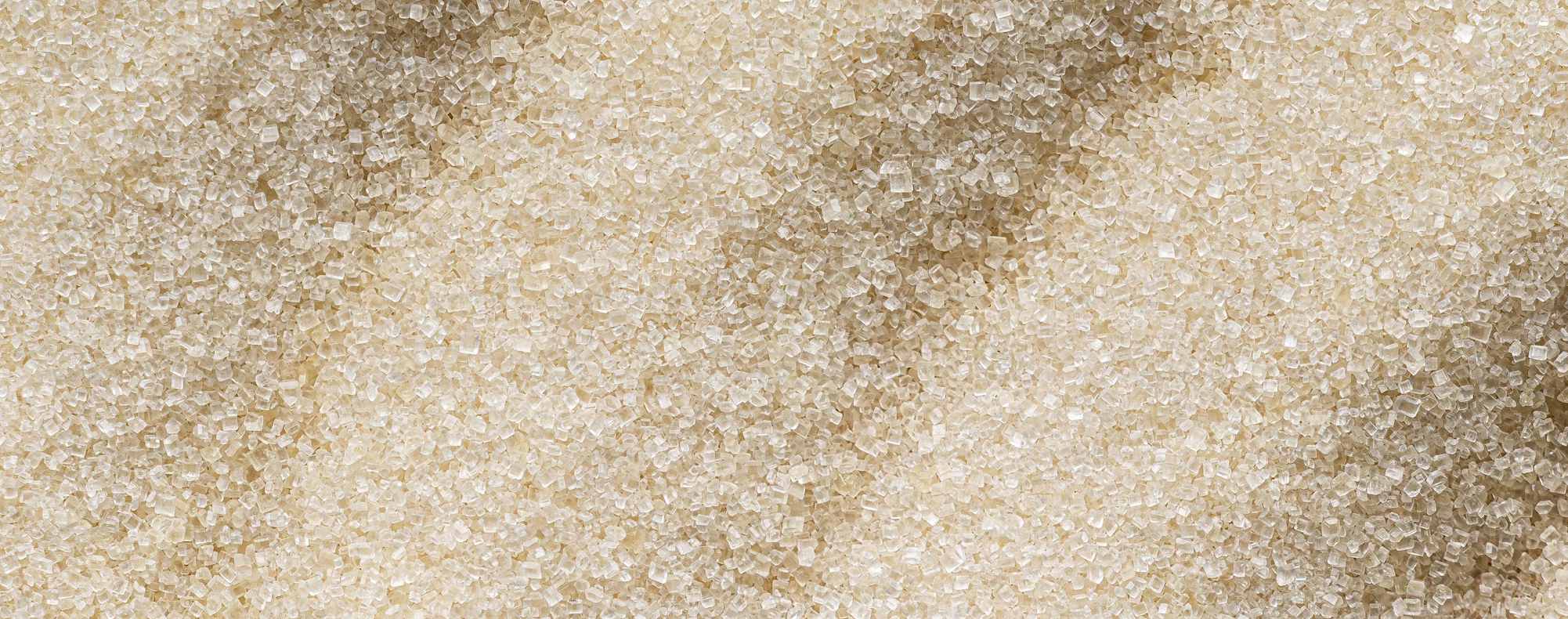
The global pistachio market is entering a tighter phase in the 2025/26 season. While the United States delivered a record harvest, sharp downward revisions in Iran and Turkey have pushed total global production lower than last year. According to the

The global sugar market is facing turbulent times as prices continue to plummet. Seasonal effects, particularly the Christmas lull, are exacerbating existing challenges, including an oversupply glut and shifting trade policies. These dynamics are creating a precarious environment for traders, producers, and investors alike. As the market adjusts to these pressures, stakeholders are bracing for a volatile 2025. This in-depth analysis explores the factors behind the ongoing price declines and what lies ahead for the industry.
The festive season traditionally sees reduced trading activity in the sugar market, and 2024 is no exception. However, this year, the impact of the seasonal lull has been particularly severe. Buyers have either secured their positions early or adopted a cautious "wait-and-see" approach, leading to one of the lowest trading levels in recent memory.
This subdued demand is reflected in the performance of ICE Sugar No. 5 futures contracts, which have seen consistent declines. As of December 18, 2024, the futures market reported losses across all contracts:
These figures illustrate the market’s susceptibility to seasonal fluctuations, compounded by weak sentiment and an oversupply of sugar globally.
Brazil remains a pivotal player in the global sugar market, but its influence is a double-edged sword. Agricultural productivity in the country’s Center-South region dropped by 19% in November compared to the same period last year, primarily due to heavy rainfall. According to the Canavieira Technology Center (CTC), sugarcane productivity has decreased by 10.8% year-on-year, further impacting supply.
Despite these setbacks, Brazil’s robust crushing capabilities and rising demand for ethanol—produced as a byproduct of sugarcane processing—offer some optimism for local producers. While this dual focus provides a cushion against market volatility, it does little to alleviate the broader global oversupply problem.
The EU sugar market is in a precarious position. Prices have remained stable at €0.50–€0.52/kg, but skepticism abounds about whether these levels can hold. A major factor contributing to the uncertainty is the impending arrival of duty-free sugar imports from Ukraine, slated to begin in January 2025. These imports are expected to heighten competition among EU producers and further strain prices.
The European Commission’s agricultural outlook for 2024-2035 adds to the complexity. The report predicts a gradual decline in EU sugar production and consumption, driven by reduced yields, shrinking cultivation areas, and a shift in consumer preferences toward low-sugar diets.
Meanwhile, China’s domestic sugar production surged by 53% in November, reaching 1.37 million tons and further reducing its reliance on imports. In Indonesia, ambitions for food self-sufficiency have led to plans to ban sugar imports for direct consumption by 2025, though the country will still rely on raw sugar imports from Brazil.
The current bearish trends present opportunities for strategic purchases. Focusing on near-term contracts, such as those maturing in March and May 2025, could yield profitability as market activity resumes after the holiday season.
Producers face significant challenges in managing costs and competing in an oversupplied market. To navigate this environment, risk management strategies like hedging are essential. Additionally, diversifying product offerings—such as emphasizing ethanol production—can provide alternative revenue streams and mitigate the impact of low sugar prices.
Volatility in the sugar market offers short-term opportunities for savvy investors. However, caution is warranted due to the long-term risks posed by persistent oversupply and shifting consumer demand. Maintaining a diversified investment portfolio and closely monitoring global developments will be critical for mitigating potential losses.
As 2024 comes to an end, the outlook for the global sugar market remains uncertain. While the Christmas season has temporarily stalled demand, the new year brings fresh challenges, including:
In the short term, seasonal factors will likely dominate market dynamics, with a potential rebound as trading activity picks up post-holiday. However, structural challenges such as global oversupply, reduced EU production, and evolving consumer preferences will continue to influence long-term stability.
The global sugar market is at a critical juncture, with seasonal demand slumps, global oversupply, and shifting trade policies creating a challenging environment for all stakeholders. Producers and traders must adapt to these complexities by employing innovative strategies, while investors should remain vigilant to the risks and opportunities posed by this volatile market.
As 2025 approaches, the sugar market will remain under close scrutiny. The coming months will reveal whether prices stabilize or face further declines, underscoring the need for strategic planning and market agility in navigating this uncertain landscape.
FAQs for Sugar Market Analysis
Q1: Why are sugar prices falling in the end of 2024?
Sugar prices are dropping due to seasonal demand slumps during the holiday season, global oversupply, and increased competition from new trade policies, such as duty-free imports into the EU.
Q2: How does the holiday season impact sugar prices?
The Christmas lull reduces trading activity as buyers secure positions early or delay purchases, contributing to lower demand and price declines.
Q3: What are the key factors influencing global sugar prices?
Global oversupply, weather-related production changes in major producers like Brazil, and trade disruptions in markets like Thailand and China are driving price fluctuations.
Q4: How are sugar producers adapting to falling prices?
Producers are diversifying revenue streams, focusing on ethanol production, managing costs through hedging, and exploring alternative markets to offset price declines.
Q5: What is the impact of duty-free Ukrainian sugar imports on the EU market?
Duty-free imports from Ukraine, starting in January 2025, are expected to heighten competition, potentially putting downward pressure on EU sugar prices.
Q6: What does 2025 hold for the sugar market?
The sugar market faces uncertainty with factors like rising Thai production, Indonesian import restrictions, and ongoing global oversupply. Seasonal rebounds and strategic adaptations may stabilize prices in the short term.
Q7: How can traders benefit from the current sugar market trends?
Traders can capitalize on bearish trends by focusing on near-term contracts, such as March and May 2025, for potential gains as market activity picks up post-holiday.
Q8: What opportunities exist for sugar investors?
While short-term price volatility offers opportunities, investors should monitor risks such as oversupply and shifting consumer preferences, maintaining diversified portfolios to navigate market uncertainties.

